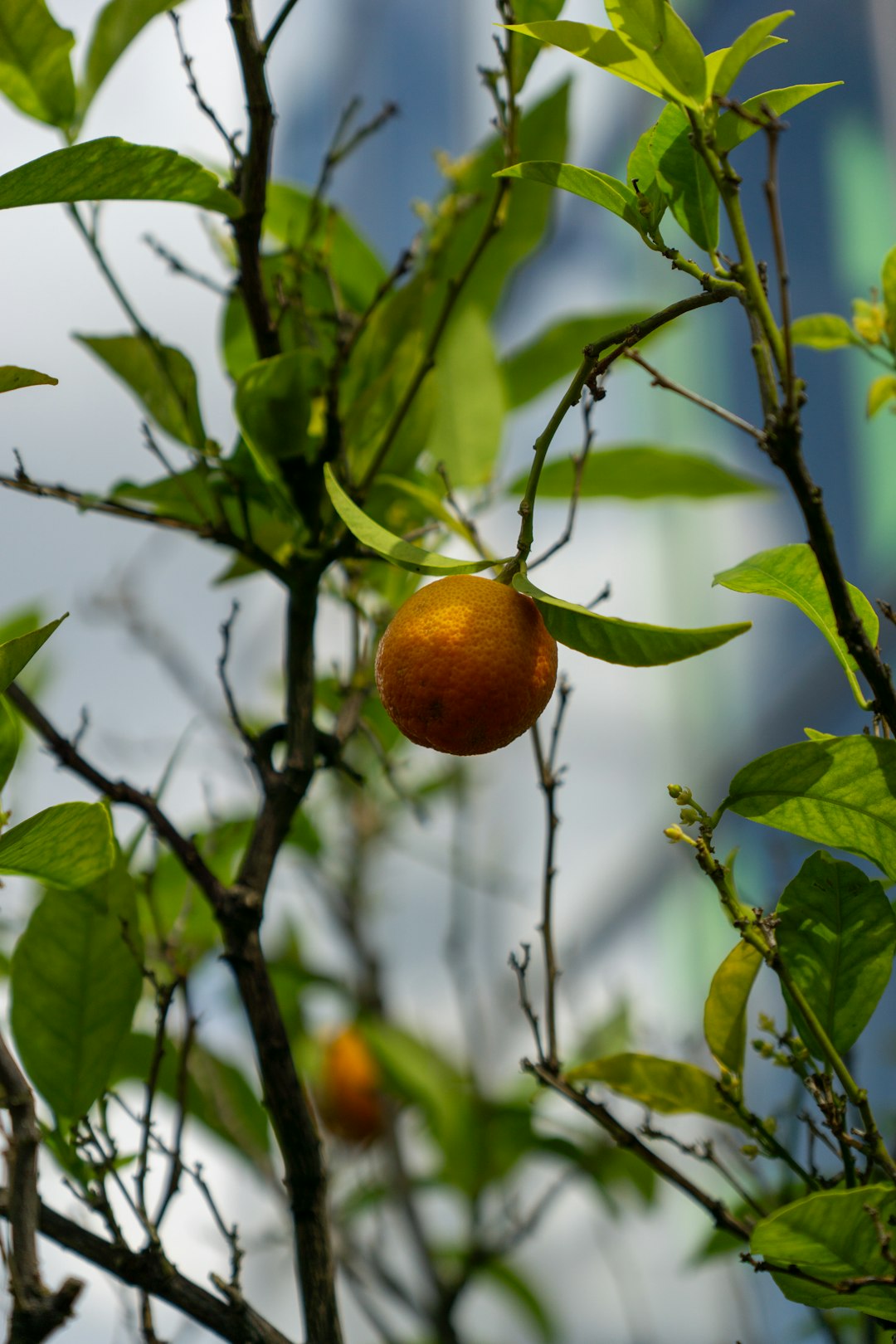Banish Mosquitoes with Your Own DIY Trap

In the warm, balmy evenings of summer, there's nothing quite as annoying as the persistent buzzing of mosquitoes and the itchy welts they leave behind. But fear not! You can take matters into your own hands and create a DIY mosquito trap using just a bucket or a bottle. With these easy step - by - step instructions and some expert tips, you'll be well on your way to a mosquito - free garden.
First, let's understand why mosquitoes are attracted to certain things. Mosquitoes are drawn to carbon dioxide, heat, and certain scents. When we exhale, we release carbon dioxide, which acts like a dinner bell for these pesky insects. They also sense the heat our bodies emit and are attracted to the lactic acid and other chemicals in our sweat. By mimicking these attractants, we can create an effective trap.
Materials Needed
- A plastic bucket or a large plastic bottle
- Scissors or a utility knife
- Brown sugar
- Yeast
- Hot water
- Black construction paper (optional)
Step - by - Step Instructions for a Bucket Trap
- Prepare the Bucket: If you're using a bucket, make sure it's clean. You can choose a dark - colored bucket as mosquitoes are more attracted to dark objects. If your bucket is light - colored, you can wrap it with black construction paper to make it more appealing to mosquitoes.
- Make the Bait: Boil about 2 liters of water. Once the water is boiling, remove it from the heat and stir in about 1 cup of brown sugar. Let the sugar - water mixture cool until it's warm, not hot. The warmth is important because yeast works best in warm environments. When the mixture has cooled to a warm temperature, add about 1/4 cup of yeast. Stir gently until the yeast is dissolved. The yeast will consume the sugar and produce carbon dioxide, which is a major attractant for mosquitoes.
- Set Up the Trap: Pour the sugar - yeast mixture into the bucket. You can leave the bucket open, but for better results, you can cut a small hole near the top of the bucket. The mosquitoes will fly in through the hole, attracted by the carbon dioxide, and will have a hard time finding their way out.
Step - by - Step Instructions for a Bottle Trap
- Prepare the Bottle: Take a large plastic bottle, like a 2 - liter soda bottle. Use scissors or a utility knife to cut the bottle in half, about two - thirds of the way down from the top. The top part of the bottle will be used as a funnel.
- Make the Bait: Follow the same process as for the bucket trap. Boil water, add brown sugar, let it cool to a warm temperature, and then add yeast.
- Set Up the Trap: Pour the sugar - yeast mixture into the bottom half of the bottle. Then, invert the top part of the bottle (the funnel) and place it inside the bottom half. The mosquitoes will fly down through the funnel, attracted by the carbon dioxide, and will get trapped inside the bottle.
Expert Tips
Placement Matters: Place your traps in areas where mosquitoes are likely to gather. This includes shady spots, near standing water (but not in it), and close to areas where people spend time outdoors, like patios and decks. Avoid placing the traps too close to your living areas, as you don't want to attract mosquitoes closer to your home.
Regular Maintenance: Check your traps regularly. The yeast will stop producing carbon dioxide after a few days, so you'll need to replace the bait. You can do this by simply pouring out the old mixture and adding a new batch of sugar - yeast solution.
Combine with Other Methods: While DIY mosquito traps are effective, they work even better when combined with other mosquito - control methods. You can use mosquito - repellent plants like citronella, lavender, and lemon balm in your garden. You can also eliminate standing water around your property, as this is where mosquitoes breed.
By following these steps and tips, you can significantly reduce the number of mosquitoes in your garden and make itchy bug bites a thing of the past. Enjoy your outdoor space without the nuisance of these blood - sucking pests!